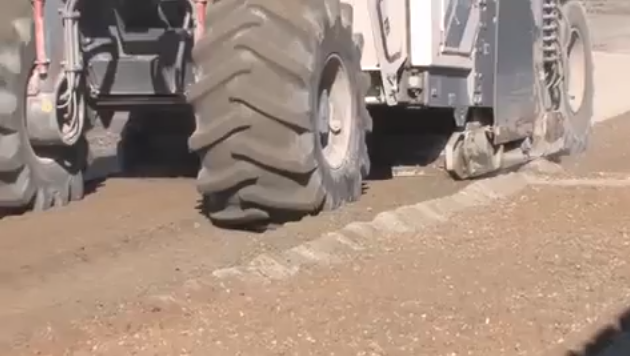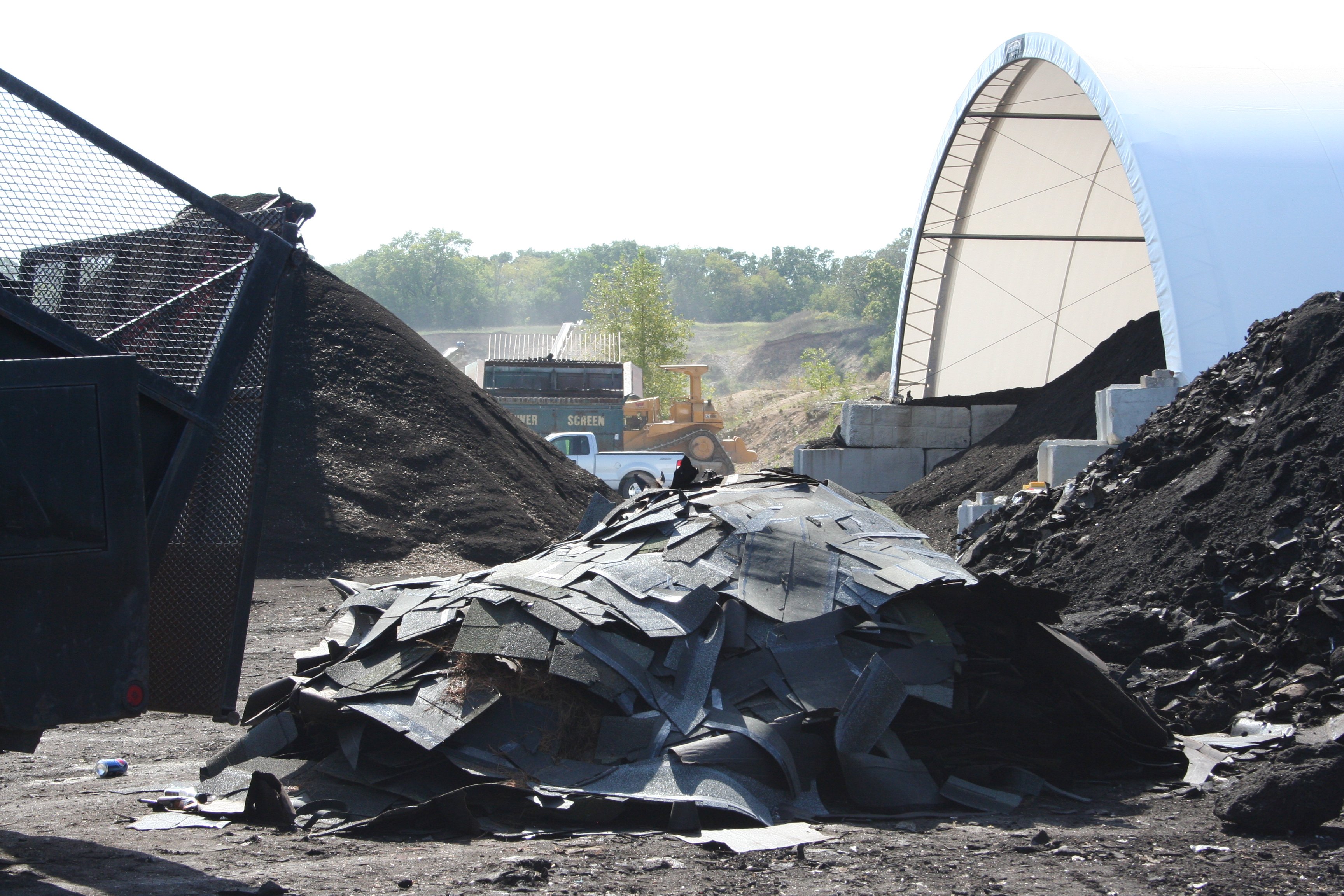How do you keep roads and parking lots in good condition cost-effectively? We’ve already talked about many of our routine maintenance suggestions, such as filling in cracks and sealcoating, but sometimes a surface is too damaged for these small actions – in these cases, it would take more money and time to repair than it would to perform a full rehabilitation. But asphalt pulverizing offers a very economical way to fully rehabilitate a road or lot with minimal traffic disruption. It’s also a great way to save on paving materials.
What is pulverization?
Pulverizing is a process that grinds up existing surface layers right in place, blending the asphalt layers with any sub-layers, essentially creating a new paving mix using all the old materials. No pavement is hauled away, saving costs on excavating and trucking, and rarely does new material have to be brought in (though sometimes additives or a new overlay are suggested). Asphalt pulverizing solves most common problems, such as severe cracking and sharp edges created by continuous traffic (called “polishing”).






